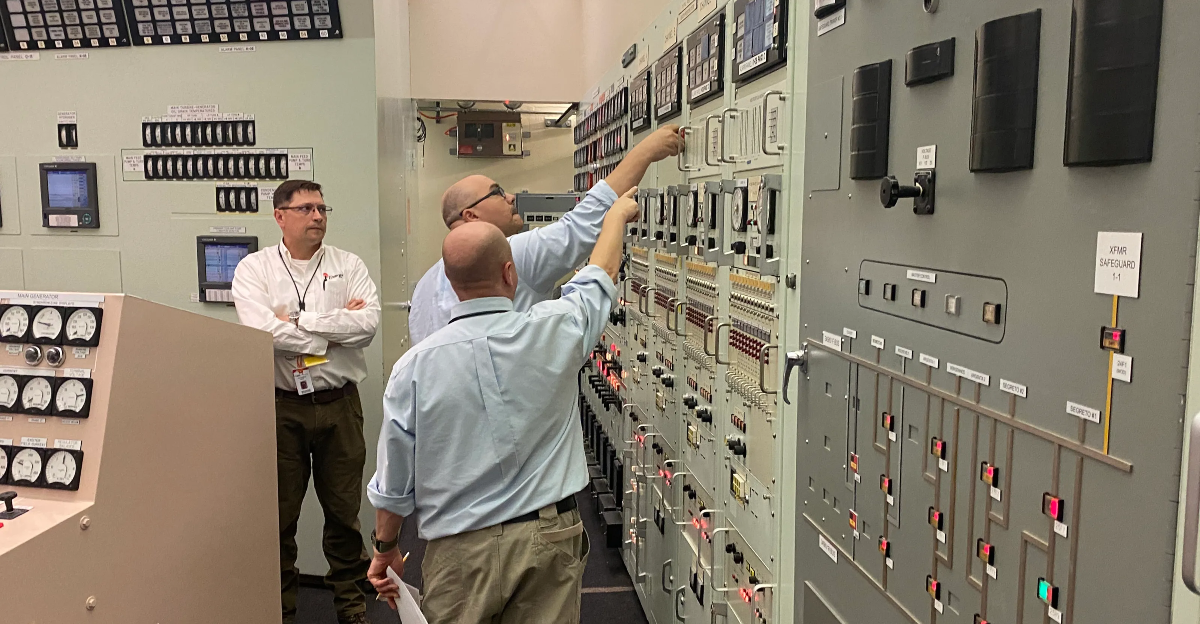
The United States is witnessing a surge in electricity demand from data centers, fueled by the rapid growth of artificial intelligence. Goldman Sachs Research estimates that this demand will rise by 165% by 2030.
Concurrently, 24 nuclear reactors have closed in the past decade, reducing the supply of carbon-free baseload power. A facility in Michigan is now a key testing site for innovative solutions to address these energy challenges.
Economic Impact

Nuclear facility closures lead to the loss of hundreds of high-paying jobs and reduce economic activity in communities.
These shutdowns have removed over 15,000 megawatts of reliable clean energy capacity nationwide. The nuclear industry urgently requires a success story to combat this trend, which threatens U.S. energy security and climate goals.
Proven History
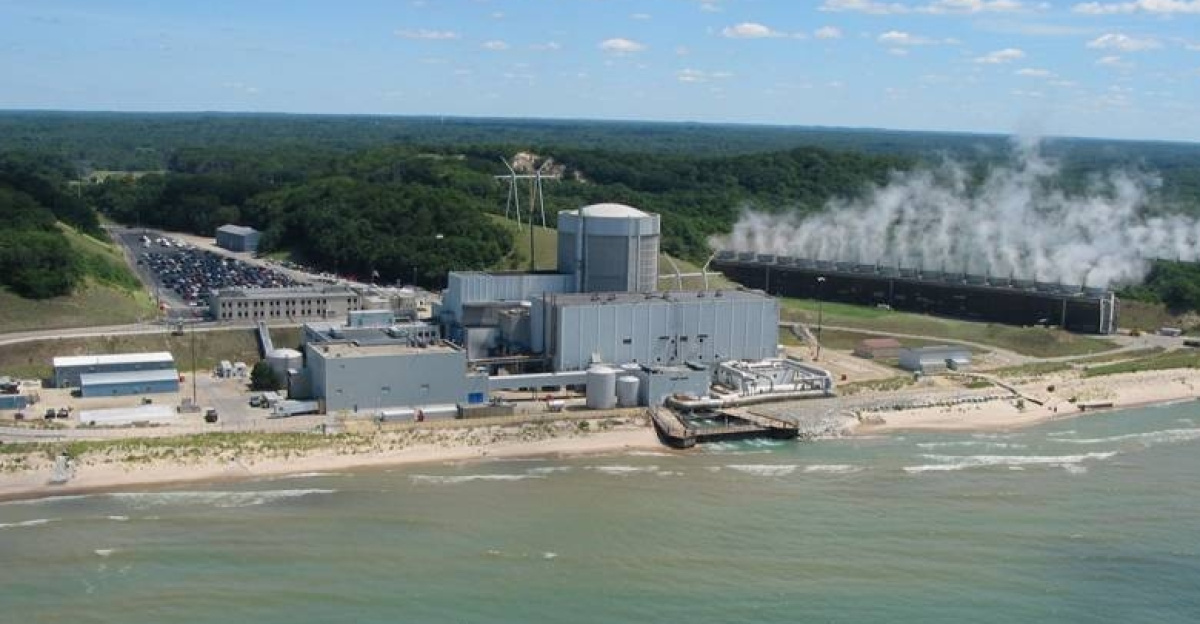
The Palisades nuclear plant, operational from 1971 to 2021, was located on Lake Michigan in Covert Township, Michigan.
It provided enough electricity to power about 800,000 homes and employed 600 skilled workers, generating over 230 terawatt-hours of carbon-free electricity during its lifetime.
Market Forces

In the 2010s, cheap natural gas and subsidized renewables hurt the economics of nuclear power. Entergy, the facility’s previous owner, faced growing financial losses as wholesale electricity prices dropped below operating costs.
Despite offering reliable baseload power, the plant couldn’t compete in deregulated markets, leading to its closure in May 2022.
Historic Achievement

On August 25, 2025, the Nuclear Regulatory Commission transitioned Palisades from “decommissioning” to “operations” status, making it the first decommissioned U.S. nuclear reactor to return to operational status.
The facility can now receive nuclear fuel and begin preparations for its final restart under federal oversight.
State Benefits

The power plant’s restart will deliver 805 megawatts of clean electricity to Michigan’s grid through 2051, according to plant specifications. Rural electric cooperatives Wolverine Power and Hoosier Energy have secured long-term contracts for the plant’s output.
This project supports Michigan’s clean energy goals while ensuring grid stability that wind and solar alone cannot provide consistently.
Workforce Dedication

Site Vice President Mike Mlynarek commended the dedication of returning employees, noting, “The destination is in sight. The strength is in our team.”
During the closure, about half of the original 380 workers found jobs elsewhere, but many returned with the restart plans. Additionally, senior reactor operators came out of retirement to train new recruits for the project.
Industry Response

Constellation Energy plans to restart Three Mile Island Unit 1 by 2028, and Microsoft will purchase the output for its data centers.
Additionally, NextEra Energy has received approval to potentially restart Iowa’s Duane Arnold plant by 2029. These efforts could collectively restore over 2,200 megawatts of nuclear capacity, signaling a revival in the industry.
Rising Support

Gallup polling reveals that 61% of Americans support nuclear energy, just shy of the 2010 record high of 62%.
This increase coincides with significant nuclear investments from major tech companies like Google, Microsoft, Meta, and Amazon to power artificial intelligence infrastructure. Public support for nuclear energy has steadily risen over the past four decades.
Federal Backing

The Department of Energy has allocated $1.52 billion in loan guarantees for the Palisades nuclear plant restart through the Infrastructure Reinvestment program.
With additional rural cooperative funding, the total public investment nears $3 billion, representing the largest federal investment in nuclear revival in U.S. history.
Technical Challenges
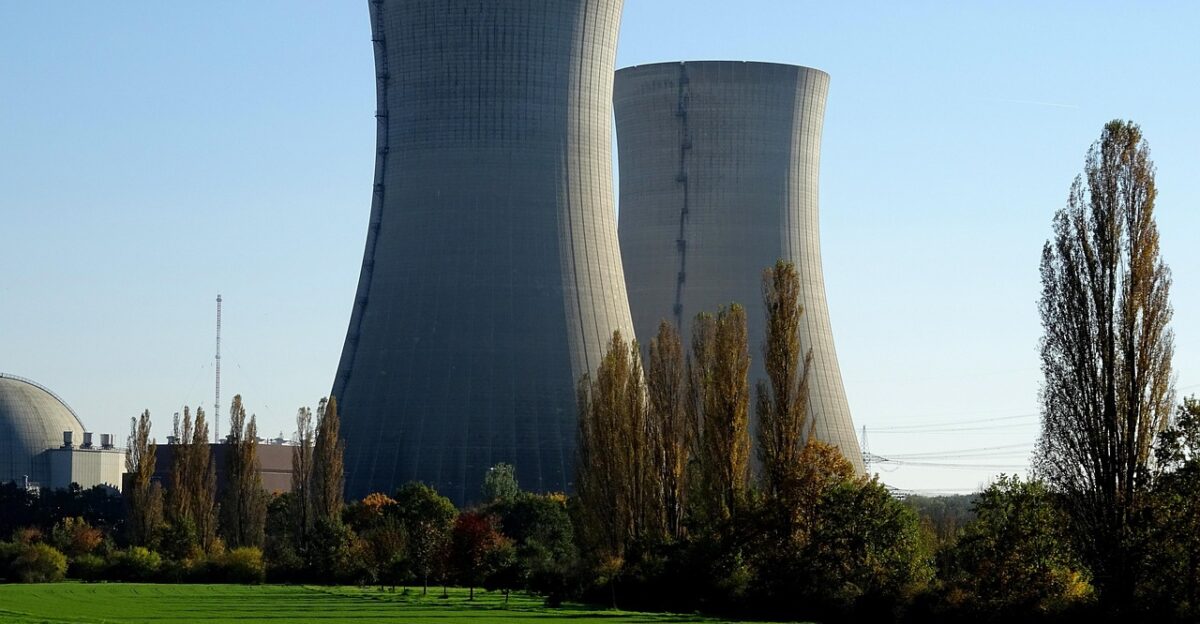
Holtec has extensive refurbishment requirements, including rebuilding turbine exciters, restoring the reactor cooling system, and inspecting steam generators.
The control room simulator required complete reconstruction for mandatory operator training programs. Unlike routine maintenance, restart operations demand extensive component replacement after three years of plant dormancy and decommissioning preparation.
Strategic Pivot

Holtec CEO Dr. Kris Singh originally acquired Palisades in June 2022 with a plan to decommission it by 2041. The nuclear services specialist pivoted to restart the plans after recognizing surging clean energy demand from data centers.
Singh called his workforce the industry’s “silent heroes” while targeting late 2025 commercial operations alongside future small modular reactor development.
Workforce Expansion

The company rebuilt staffing from 220 to nearly 600 employees plus hundreds of contractor specialists. The workforce expansion includes 200 employees new to nuclear who require 18 months of Nuclear Regulatory Commission-certified training.
Holtec executed project labor agreements with 15 trade unions while securing long-lead equipment including replacement fuel assemblies and critical components.
Economic Reality
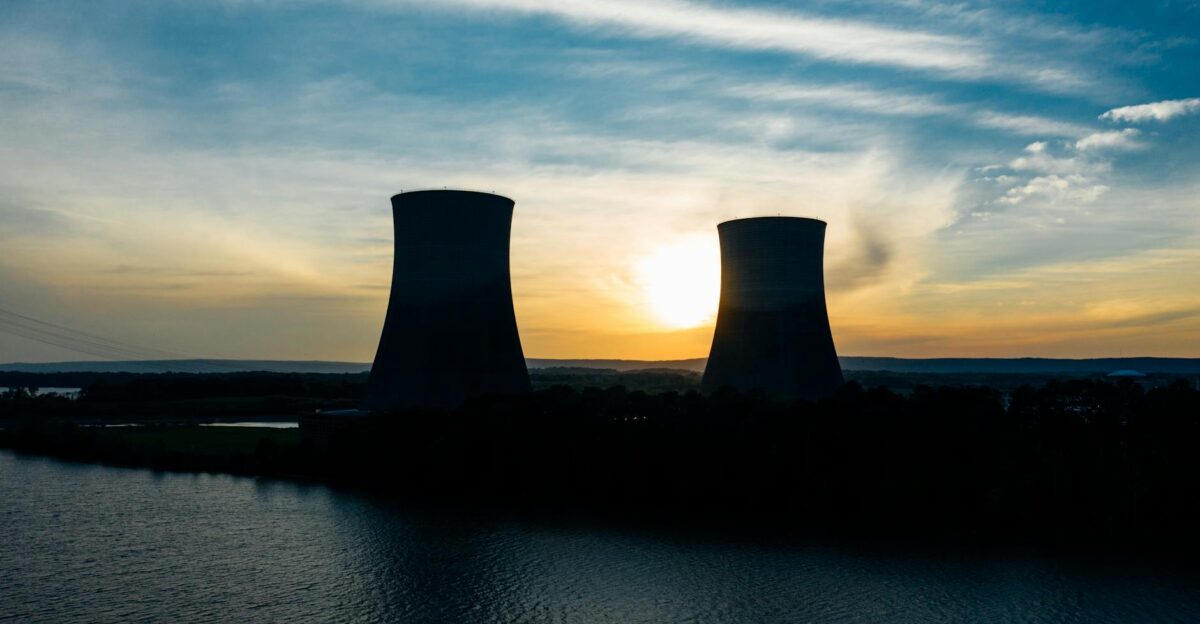
Industry experts acknowledge that restart economics remain challenging despite federal subsidies and loan guarantees. Given advancing decommissioning work across the industry, only a single-digit number of shuttered reactors remain viable restart candidates.
The complexity and cost of reversing decommissioning activities create significant hurdles for similar future projects.
Proving Ground
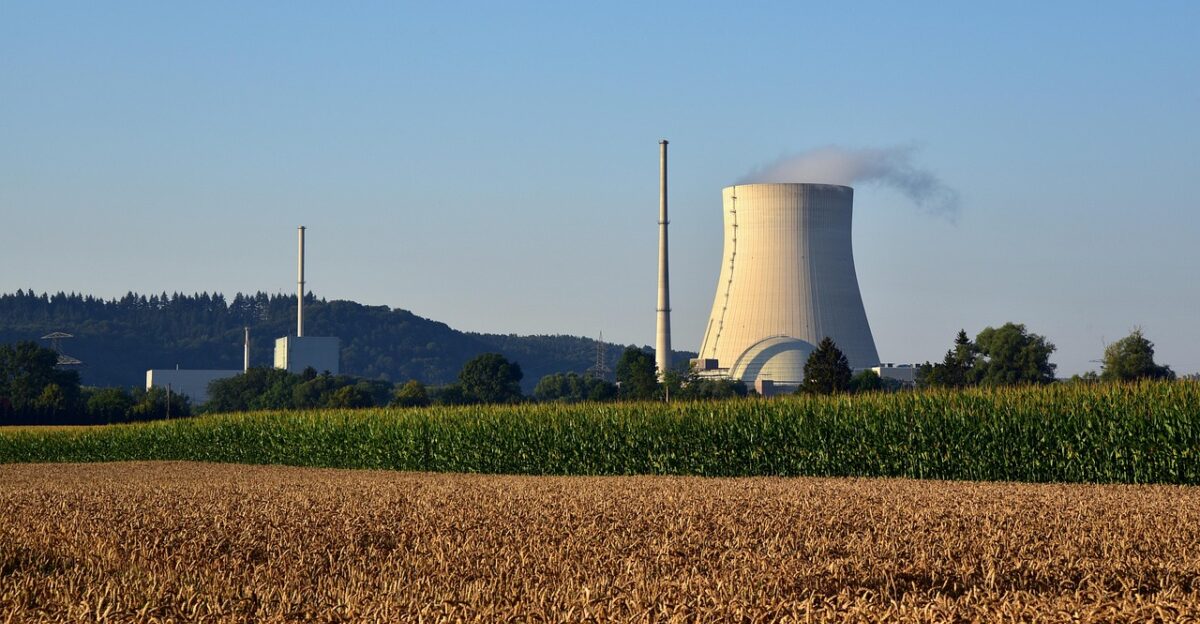
Can Palisades demonstrate that nuclear restarts offer faster, cheaper clean energy deployment than building new reactors? The project’s success could unlock similar efforts at other recently shuttered facilities nationwide.
Failure might discourage future restart investments and accelerate remaining plant closures as owners lose confidence in nuclear economics.
Policy Implications

The Biden administration positioned nuclear restarts as central to climate strategy, allocating billions through the Inflation Reduction Act. Palisades serves as proof-of-concept for federal intervention in nuclear economics and clean energy policy.
Success could justify expanded restart subsidies, while failure might redirect climate funding toward renewable energy alternatives and storage.
Global Precedent

International observers monitor closely as no major economy has previously restarted decommissioned reactors at this scale. Japan spent $17 billion over six years restarting reactors after Fukushima, providing cautionary examples of complexity and costs.
European nations facing energy security challenges study the Palisades model for potential application in their energy strategies.
Environmental Debate
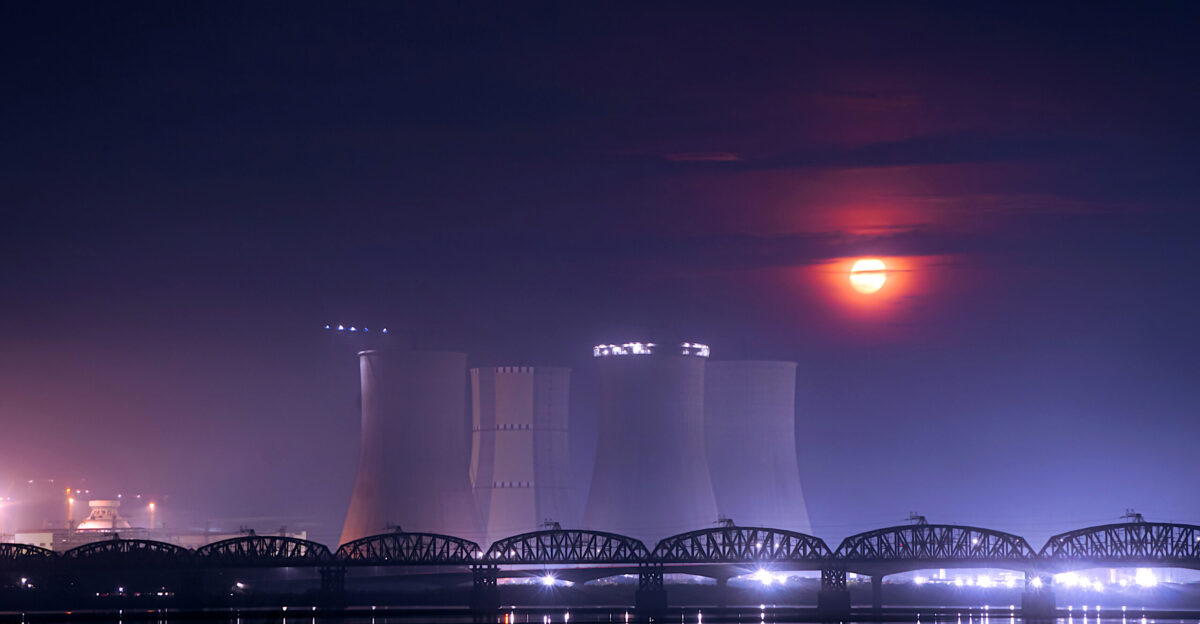
Beyond Nuclear’s Kevin Kamps condemned the restart as “unneeded, insanely expensive for taxpayers and ratepayers, and very risky for health, safety, security, and the environment.”
Environmental groups argue that restart funding should instead support renewable energy development. Proponents counter that nuclear power provides essential grid stability while avoiding 4.47 million tonnes of annual carbon emissions.
Shifting Attitudes
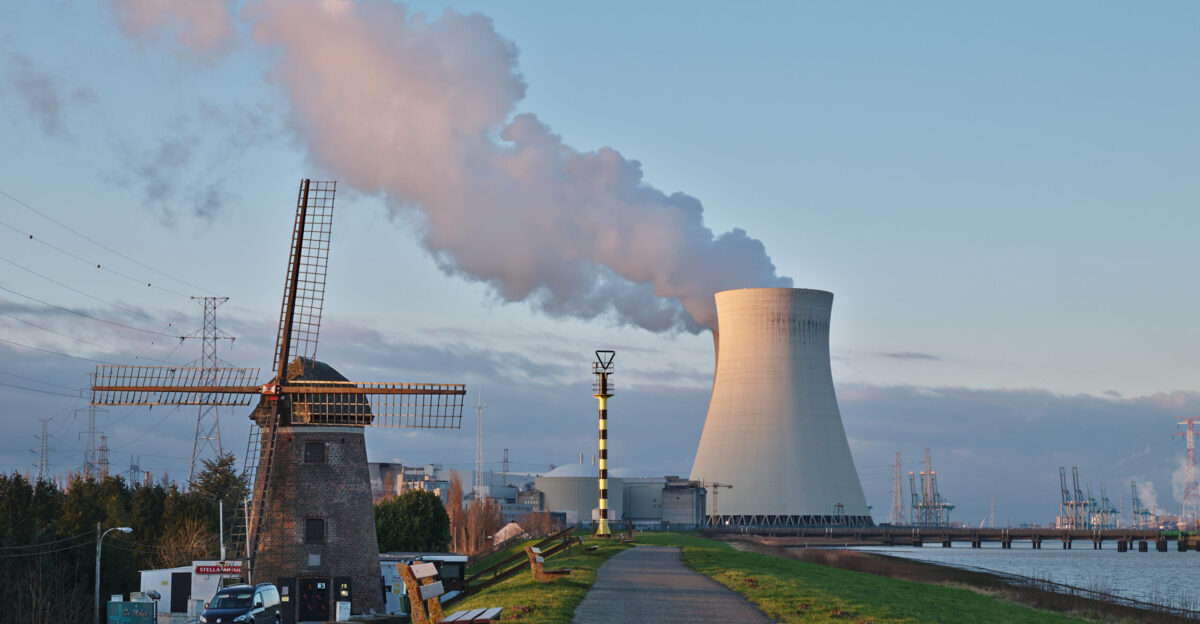
Bisconti Research found 72% of Americans favored nuclear energy in 2025, with support particularly strong among informed respondents. The technology industry’s embrace of nuclear power for data centers significantly reshapes public perception.
The Palisades restart symbolizes evolving attitudes toward nuclear technology as a climate solution rather than an environmental threat among younger Americans.
Broader Significance

Palisades represents more than a revival of the nuclear industry—it signals America’s commitment to preserving critical infrastructure rather than abandoning it.
The restart model could influence approaches to other strategic industries facing economic pressures. Whether this unprecedented experiment succeeds or fails will shape decades of energy transition policies and industrial preservation strategies nationwide.